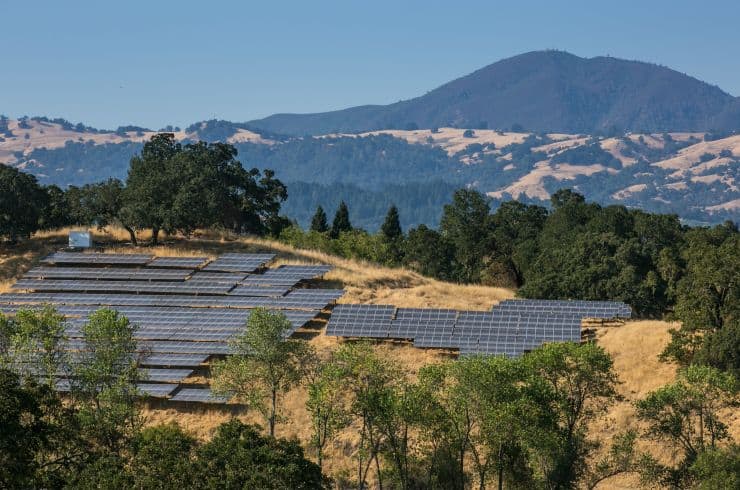
The U.S. installed 10.6 gigawatts (GW) of solar photovoltaic capacity in 2018, according to a new report from Wood Mackenzie Power & Renewables and the Solar Energy Industries Association (SEIA).
This represents a 2 percent drop compared to 2017. In a statement Wednesday, the SEIA’s president and CEO, Abigail Ross Hopper, said the solar industry had experienced “growing pains in 2018” that were caused, in large part, by the imposition of tariffs on solar cells and modules. Photovoltaic refers to a way of directly converting light from the sun into electricity.
Ross Hopper went on to add that there was nevertheless reason for optimism. “The total amount of solar installed in America is on track to more than double in the next five years, proving solar’s resiliency and its economic strength,” she said. “It’s clear, this next decade is going to be one of significant growth.”
The SEIA said that, for the U.S., total installed photovoltaic capacity was expected to increase by 14 percent this year, with yearly installations hitting 15.8 GW in 2021.
Breaking the figures down by state, California once again led the way, installing over 3.3 GW of capacity, followed by Texas and North Carolina, which installed almost 996 and 907 megawatts respectively.
The U.S. is now home to over 64 GW of installed capacity, which is enough to power more than 12 million homes.
